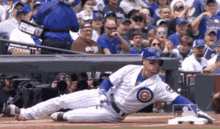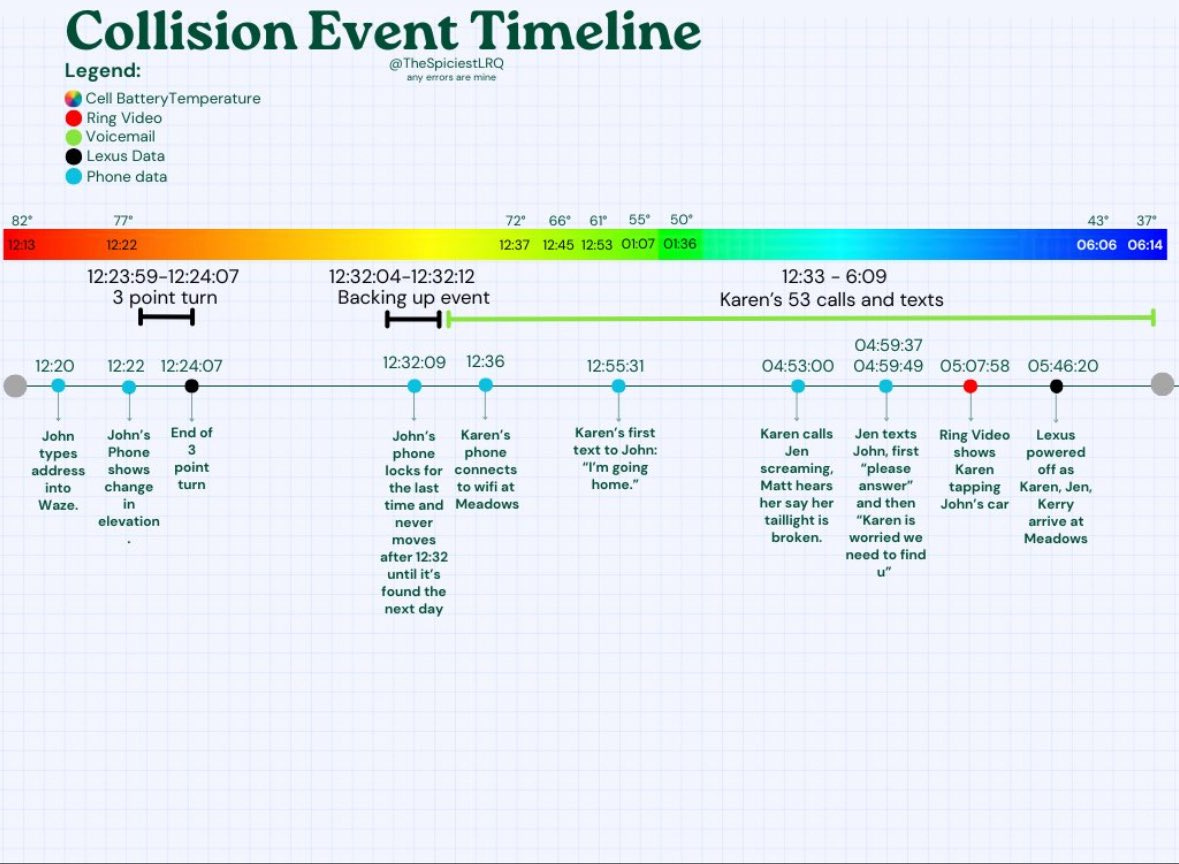DAY 24: Karen Read Retrial
Defense calls their first witness to the stand, and the jury literally counts “seconds”.
Yep, it’s me… Tuesday sliding in on a Saturday in sweatpants.
Friday afternoons are always a bit grueling to finish the recaps, so forgive me for the delay.
Here’s yesterday’s recap!
The morning started with Defense Attorney Jackson making an argument for the required finding of not guilty motion, which is common practice after the Prosecution rests in MA criminal trials. Jackson basically reiterated his opening statement. Prosecutor Brennan followed up with a rebuttal.
The defense’s motion was swiftly denied by the judge.
ON THE STAND TODAY:
Matthew DiSogra (Vehicle Data Expert)
Disogra is the defense’s first witness to be called to the stand, and he spent the entire day testifying. The attorneys on both sides were able to finish up their questions, so he will not have to return on Monday.
Director of Engineering in EDR Services for the company DELTA |v| Forensic Engineering.
I’m going to attempt this recap a tad differently than I normally do because the entire day (direct-exam and cross-exam) was spent circling around one slight difference in the interpretation of analysis between the experts regarding clock time variances.
Here’s the breakdown…
In order to accurately define a timeline using digital data timestamps, you NEED to make sure the different devices used to build a timeline are on the exact same clock time to the second.
Experts acknowledge that the data pulled from Karen’s SUV and the data pulled from John’s iPhone have a slight time deviation from one another…
The iPhone’s clock is accurate to the second.
The Lexus’ internal clock is not. There’s up to a 60 second variance from the real time.
We learned from the CW’s expert, Shanon Burgess, last week that in order to find the difference in seconds between the phones, you have to find a common denominator between them.
Burgess first used Karen’s outgoing phone calls that linked to her SUV’s infotainment device to compare the variance in seconds. However, he later realized that Karen’s calls were made when the vehicle was turned off, which means there’s a delay in the vehicle time-stamping those calls to the second once the vehicle is turned back on.
Burgess concluded there was too much room for error to do it this way.
He decided the most accurate way to find the correct variation in seconds was to do compare John’s geolocation data on his phone, speed of movement, milage of SUV etc, to the known variable of a 3-pt turn made prior to arriving at the Fairview property. You can find this in the recap here for further explanation.
Between the Commonwealth’s cellular forensic experts’ analysis and the vehicle data experts, the CW asserts that the timeline sequence of events are:
John’s phone receives a text.
John accesses his phone to look at it.
He then manually pushed the side button on his iPhone to close the screen. (referred to as ‘locking’), and slid his phone into his back pocket.
Within seconds of the locking, Karen’s vehicle reversed at him.
We know from the bar surveillance footage that John keeps his phone in his back right pocket, so the inference is that when John was hit, the force of the hit caused him (and his phone in the back pocket) to hurl back and slam on the frozen ground. This motion caused his phone to slide out of his back pocket, landing underneath his upper back area.
NOW, let’s discuss the defense’s expert, DiSogra’s testimony…
Matthew DeSogra testified that while it’s possible John locked his phone seconds before Karen reversed, it’s also possible he locked it seconds after she reversed.
Basically —
The defense’s expert isn’t necessarily undermining the Commonwealth’s timeline. He’s suggesting that the time variance can also incorporate the possibility that John locked his phone after the vehicle was reversing.
(It’s important to note here — DiSogra was not asked to do any testing or write a report himself by the defense. They simply asked him to review the reports of the CW’s testing and opinions. He conceded that due to the labeling of a page in the report he reviewed, he inferred it meant one thing, while the prosecutor pointed out that the CW’s expert was actually referencing something slightly different. This ultimately affects the time variance calculations that DiSogra surrounded his opinion on. In DiSogra’s defense, he made a reasonable inference from the way the chart was labeled IMO, but had he done his own report & testing, he likely would have caught this issue. I personally find it a bit too convenient that the defense did not ask him to take any further steps.)
So WHY does this window of mere seconds matter to the defense?
They want the jurors to think that John was potentially still physically moving around after Karen reversed, thus meaning she didn’t actually hit him.
The problem with this theory is that…
John’s phone registers his final steps just seconds later on the front lawn (via geolocation data), and his phone registers as what is known as a “pocket state” (the face of the phone is covered by something as if it’s in a pocket).
The phone never gets turned off, and remains in the pocket state until John was found on the front lawn around 6am. The phone was underneath him, which explains the “pocket state” registering.
On top of that —
We also know the phone’s temperature was dropping throughout the night after Karen drove away, and then went back up once the phone was recovered at 6 am.
IN CONCLUSION:
Defense cannot (nor did they try to) argue against the data that says Karen reversed her vehicle at 24 mph at 74.5% throttle that night.
They spent the day arguing that it’s possible she rapidly reversed 87 feet and John was still moving seconds later (manually locking his phone).
PS- Here’s a great visual of the CW’s timeline created by trial commentator Lydia.





